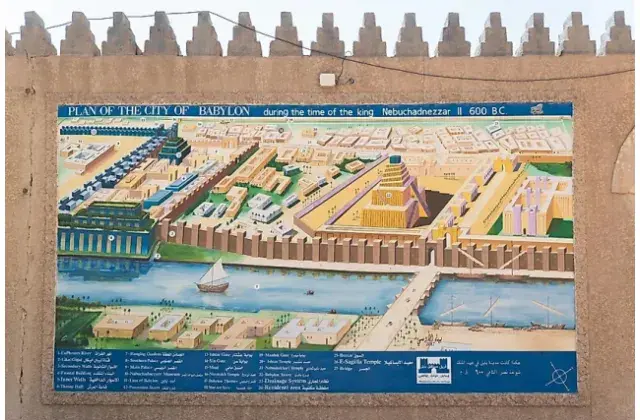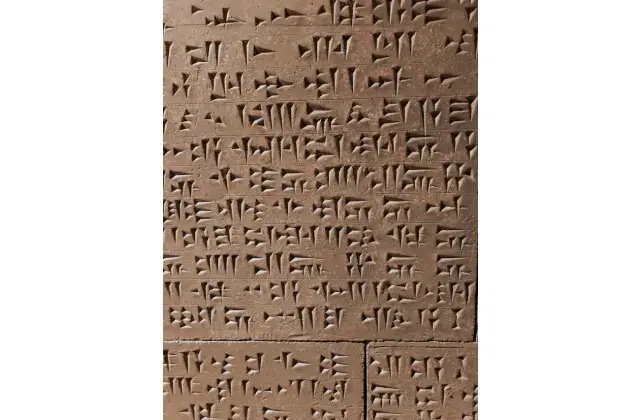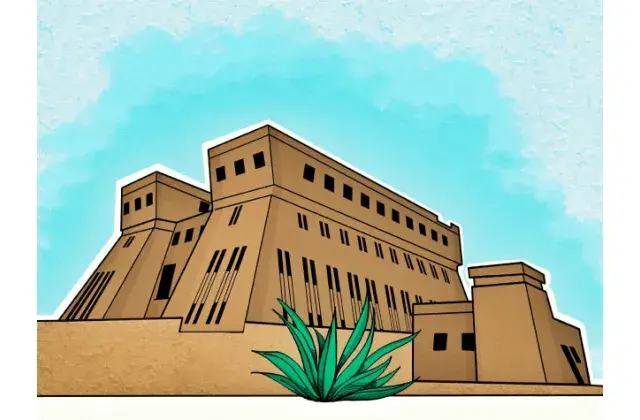Abbasid Caliphate (750-1258 CE)

The Abbasid Caliphate, the longest-ruling caliphate in the Muslim world, that ruled Iraq for five-hundred years, came to power in 750. The Abbasids, who wanted to gain more power, started to move away from relying solely on the old powerful Arab families who were proud of their family backgrounds and tribal affiliations. Instead, they sought support from a larger group of Muslims; they focused on gaining support from Persians, who had helped them rise to power and were a significant part of the Muslim community. This shift in the Abbasids' approach to governance reflects a strategic move from traditional tribal-based authority towards a more inclusive and diverse ruling strategy.
The Abbasid Caliph Al-Mansur (754-775) found a new capital city and established Baghdad “City of Peace” in 762. Baghdad was a round city; it consisted of three completely circular walls – the outer, central, and inner ones with four gates, housing the Caliph's residence at its heart. This historic round architectural symbol of the city is reflected in the present day’s flag of Baghdad Governorate. By the 800s and 900s, Baghdad was a bustling city, home to about half a million, making it the largest and most advanced city in the Middle East. Scholars assert that during the Abbasid Caliphate, the region and Islam witnessed globalisation through trade and cultural exchange.
Baghdad became a melting pot of cultures, attracting scholars, scientists, and philosophers from diverse backgrounds. Being a newly established city, Baghdad differed from the tribal dynamics seen in the other Arab cities like Kufa and Basra. Individuals from various parts of the Muslim world migrated there in search of opportunities. During the Abbasid period, Iraq witnessed a pluralistic society. The city accommodated Shiites, Sunnies, notable Christian minorities, particularly Nestorians, Mandaeans, and a significant Jewish community, who had a dedicated market area.
Baghdad became a centre of learning and an intellectual hub; The House of Wisdom “Bayt al-Ḥikmah” as a library, was established during the Caliph al-Mansur’s reign, and later expanded to a public academy and an intellectual centre under Harun al-Rashid’s rule (765-809). It served as a gathering point and a translation centre where texts from various cultures and languages, including Greek, Persian, and Indian, were translated into Arabic, preserving and advancing knowledge in fields like mathematics, astronomy, medicine, and philosophy.
The Abbasid period, often referred to the Islamic Golden Age, saw remarkable advancements in multiple disciplines. Mathematicians like Al-Khwarizmi laid the groundwork for algebra, while scholars such as Ibn Sina made significant contributions to medicine and philosophy. This period also witnessed the development of intricate architectural marvels, exemplified by Baghdad's Round City design and the construction of mosques adorned with intricate geometric patterns and calligraphy such as Haydar-Khana Mosque.
The cultural influence of Arab and Islamic rule extended beyond intellectual and architectural realms. Arabic became the language of administration, commerce, and culture, fostering a rich literary tradition. Poetry and literature flourished, with renowned poets like Al-Mutanabbi leaving a lasting legacy.
This article was written by Renas Babakir and is licensed under CC BY-NC 4.0.






